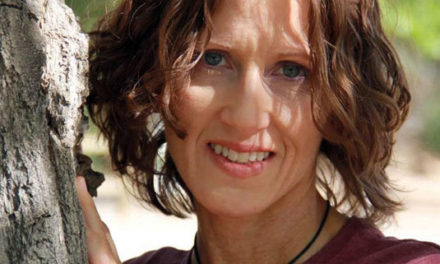People & Places
There’s quite a few things from my childhood that I used to have positive associations with that I have had a complete change of perspective about as I’ve gotten older.
Take SeaWorld for example. Way back in the day, we had a family vacation in California and SeaWorld was a big stop I was super excited about. I remember the thrill of being in the splash zone with my brother, getting soaked by the whales and dolphins and how amazed I was.
However, as the years passed SeaWorld became subject to a lot of public scrutiny regarding the orcas in their captivity following a myriad of incidents. It came to be known that killer whales are particularly not well suited for captivity for a variety of reasons, so in 2016 Seaworld announced they would end orca breeding at all of its marine parks and phase out the killer whale shows.
This was a somber realization for fledgling Felina that surface appearances are just that — appearances — and that it’s important to always dig a little deeper.
A recent example of this that has been weighing heavily on me is something I’m reminded about almost every weekend driving down Main Street in Los Lunas — the influx of people selling and giving away puppies in public.
Growing up, it was a fun treat to see puppies on our way out from the grocery store. However, right under my nose, I was oblivious to the huge animal overpopulation problem in the county and the euthanization rates that would make anybody’s heart drop.
After becoming more involved in animal rescue myself in recent years and seeing the sobering statistics and stories shared by the shelter volunteers on Facebook, I do not feel the same fuzziness inside seeing all the roadside puppies anymore.
Recently, I saw that Patty Mugan, who worked with the Valencia County Animal Shelter for more than a decade and now runs her own nonprofit, shared that she has spoken to many of these folks who do this over the years, so I reached out to ask her all my burning questions.

A post on the shelter Facebook page said there will never be enough homes for all the animals if we do not get the number of litters down in Valencia County. Photo courtesy of Volunteers of the Valencia County Animal Shelter.
“It’s about 50/50,” she said in response to how many, in her experience, are intentional versus accidental litters.
“The ones who didn’t intend for them to have a litter, they’re not bad people,” Mugan said. “A lot of them are aware of the (overpopulation issue), and are honestly doing it to try and keep the dogs out of the shelter and don’t want to be responsible for them being put down.”
Mugan has spoken to people who say they don’t have the money to get their pets fixed and that even the low-cost options can be too much.
“Sometimes (low-cost options) exceed $100, and if it’s between that and feeding your family for the week, you’re going to spend it on your family.”
To combat this, Mugan advocates for free or extremely low-cost spay and neuter, and to target these services to areas that need it the most. However, this is not yet a reality in the county so she shared some advice for those who find themselves in this situation.
“Contact the shelter first and see if they have any transfers going out so they can schedule them and do their vaccines but not actually do the intake on them yet,” she said. “And if they need help with pet food, ask. The shelter would rather help with food than take in a litter of puppies. They can even contact us through Southwest Animal Team (SWAT) and see if there’s something we can do.”
SWAT is Mugan’s nonprofit dedicated to helping animals in need at the shelter and across the county. Contact can be made by emailing [email protected].
Then there are those who are intentionally breeding and selling puppies on the side of the road, typically marketed as purebred.
“They want to make money and instead of selling them through the paper or things like that, they want to get out there on the road to make that money right away,” she said. “I’m like, ‘Don’t you understand what you’re doing?’ They get standoffish, saying we do what we do and this is how we make our money.”
Mugan said the euthanization rate at the shelter has been hovering around 48-52 percent every month since the beginning of the year. According to documentation provided by the shelter, 1,927 dogs and cats have been euthanized at the shelter since January 2023, not including terminated litters. The lowest intake rate was 516 and the highest has been 685 since the beginning of the year.
If you take anything away from this column, I hope it’s to please consider adopting over shopping. You can also help by getting people in need connected to resources and by spreading the word of spay and neuter and its importance in combating an overwhelming and prevalent issue in the county.
“The stats now compared to the stats a year ago are ridiculous,” said Mugan. “It’s not going to happen overnight, but something drastic needs to happen or we’re going back to a 70 percent euthanization rate like we were in 2007.”
Felina Martinez was born and raised in Valencia County. She graduated from the University of New Mexico in 2021. During her time at UNM, she studied interdisciplinary film, digital media and journalism. She covers the village of Los Lunas, Los Lunas Schools, the School of Dreams Academy and the town of Peralta.


















